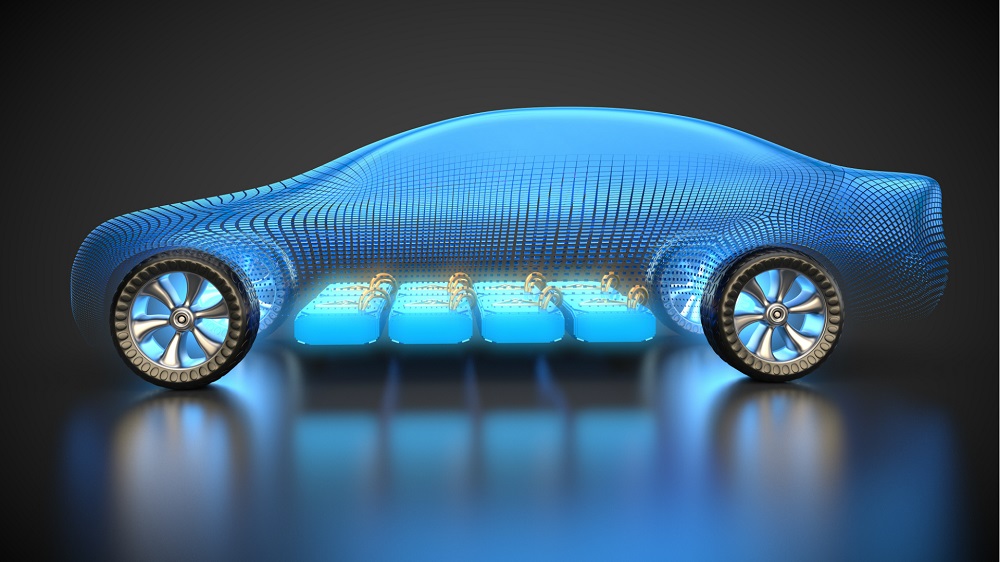Is the Battery on VinFast Getting Better? An Examination of Battery Advancements
VinFast, which has a history of technological innovation and is dedicated to building a sustainable future, has improved its electric vehicles significantly, concentrating on battery upgrades. This post will go into great detail on VinFast’s battery technology developments and emphasize its dedication to offering people who care about the environment alternatives. Greater Capacity of Batteries With the new battery capacity that VinFast introduced, the vehicle’s range before requiring a recharge was greatly increased. Customers seeking for longer-range electric vehicles will benefit from this improvement, which will lessen range anxiety and make electric vehicles a sensible option for daily use. Quicker Charging Methods Furthermore, VinFast has concentrated on quicker charging options to cut down on owners of vehicles’ wait periods. The vehicles can now be charged fast and effectively thanks to ongoing advances in charging performance, which makes electric vehicles a more practical option for customers with hectic schedules. With charging speeds up to eight times faster than conventional 120V wall outlets, the process is accelerated. This exceptional speed adds to the entire practicality and ease of driving an electric vehicle in addition to saving time. The new battery enhancements from VinFast also apply to the infrastructure for charging. More than…











